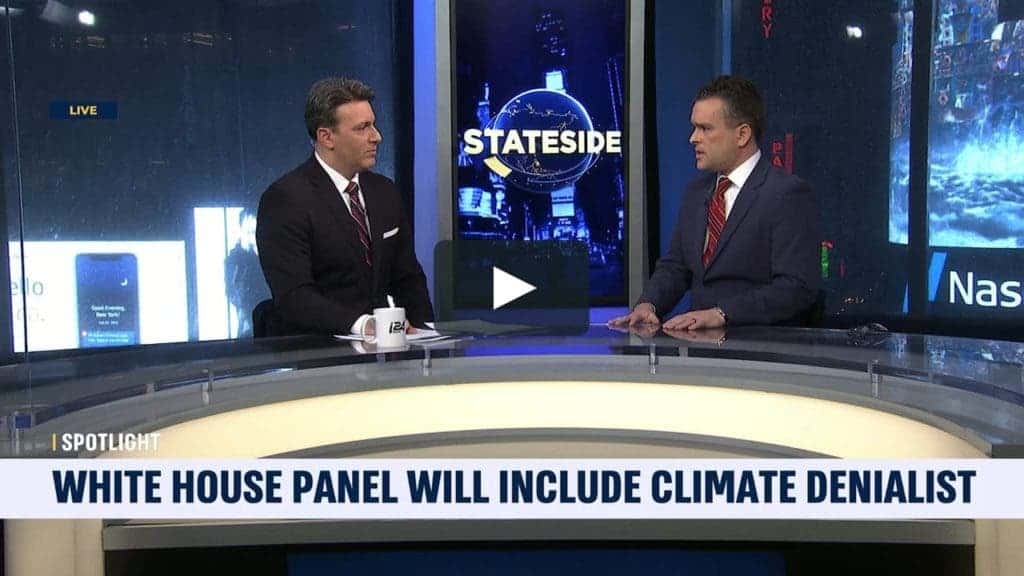
It’s already a classic debate: someone is making the case for climate change, someone is trying to argue against it. The problem is that this sort of 1 on 1 debate is extremely misleading — they create the idea that it’s somehow a balanced, 50-50 debate, when this couldn’t be further from the truth. The overwhelming majority of climate scientists agree that human activity is causing climate change. It’s a consensus akin to cigarettes being bad for you.
This type of false balance can help to distort public opinion on the matter, making people more likely to fall into the deniers’ trap. In recent years, outlets have been trying to eliminate this false balance and promote a more accurate stance but things are still not as they should be.
A recent study found that “climate change contrarians” are getting 49% more media coverage than scientists who support the consensus view that climate change is man-made. The study analyzed 200,000 research publications and 100,000 media articles, finding an important difference between the actual science and the way the media portrays the science.
Speaking on New Zealand television, Shaun Hendy, Professor of physics at the University of Auckland explained the idea of “false balance” and how it’s impacting peoples’ understanding of the issue.
“I think this is something we’ve sort of been trying to combat for a long time, this idea of false balance that when you have a climate scientist talking about climate change, then you’ve got to have a contrarian,” Prof Hendy told TVNZ1’s Breakfast this morning.
He added that the consensus is so well-established that some media feels that writing about climate change isn’t even newsworthy — so they add in a contrarian for the extra spice.
“Partly, it’s to do with the way news works, right? It’s not newsworthy that, from year on year, 97% of climate scientists still think that climate change is occurring. When a news story happens, you want some controversy, and so often, you get those two opposing viewpoints being presented — but they’re not equal.”
Herein lies the most important takeaway: climate change and climate change denial are absolutely not equal. The science is unequivocal, so let’s portray it as such
However, it should be noted that some media are doing much better than others. The study concludes:
“Here we show via direct comparison that contrarians are featured in 49% more media articles than scientists. Yet when comparing visibility in mainstream media sources only, we observe just a 1% excess visibility, which objectively demonstrates the crowding out of professional mainstream sources by the proliferation of new media sources, many of which contribute to the production and consumption of climate change disinformation at scale.” We all need to play our part in addressing this issue, they add.
“These results demonstrate why climate scientists should increasingly exert their authority in scientific and public discourse, and why professional journalists and editors should adjust the disproportionate attention given to contrarians.”
The study was published in Nature.






